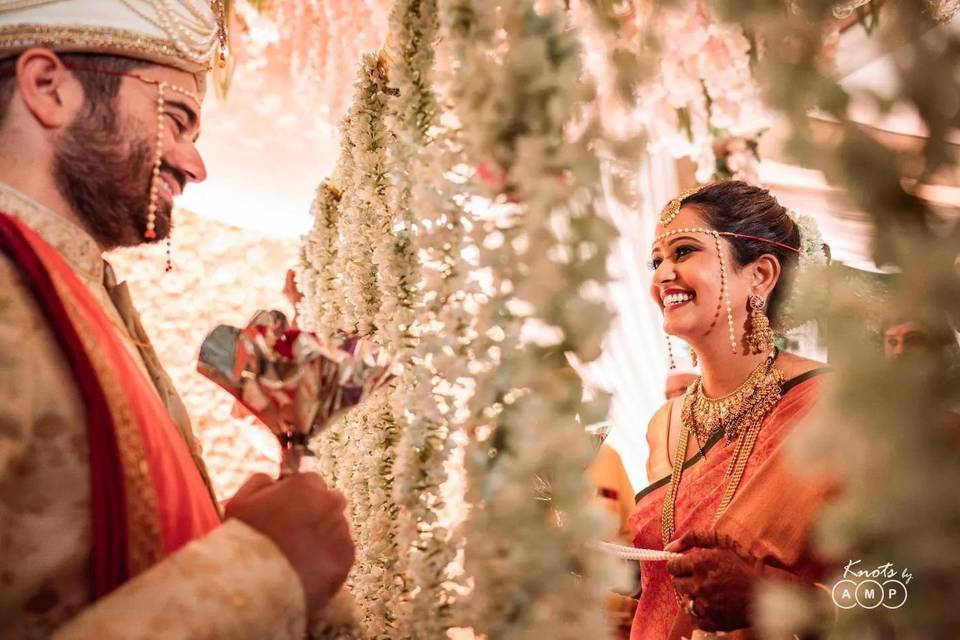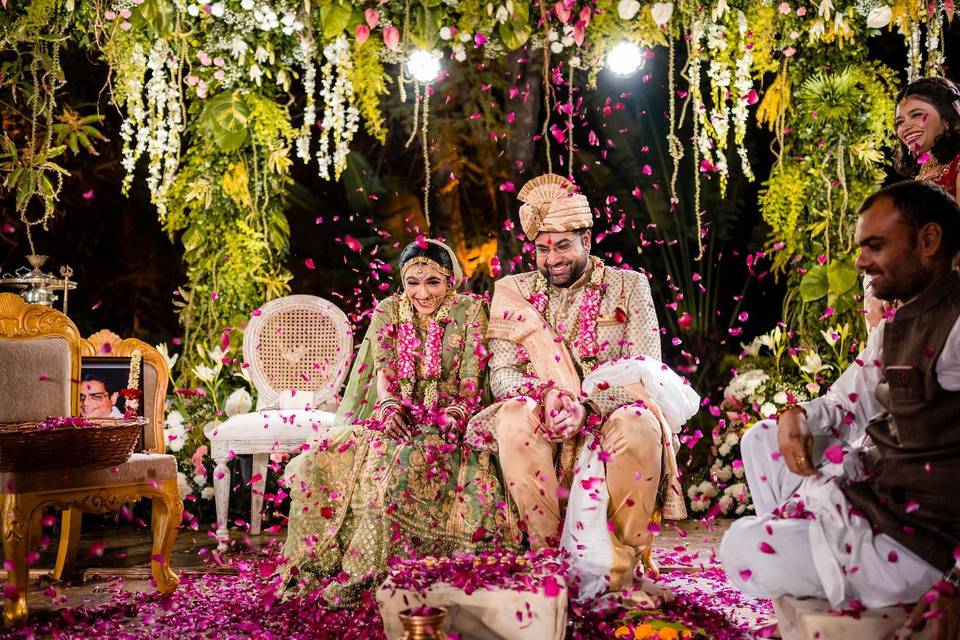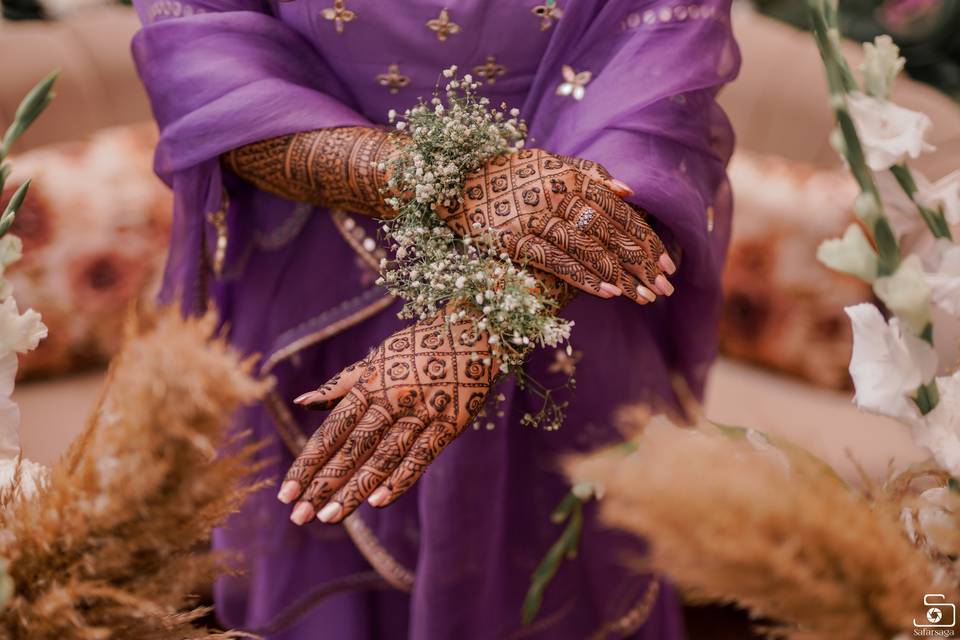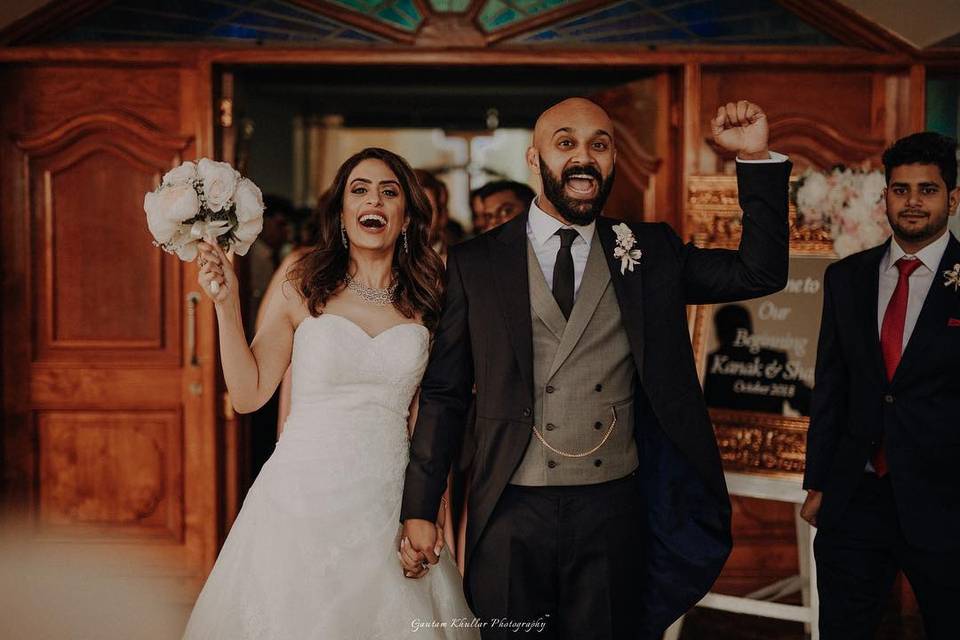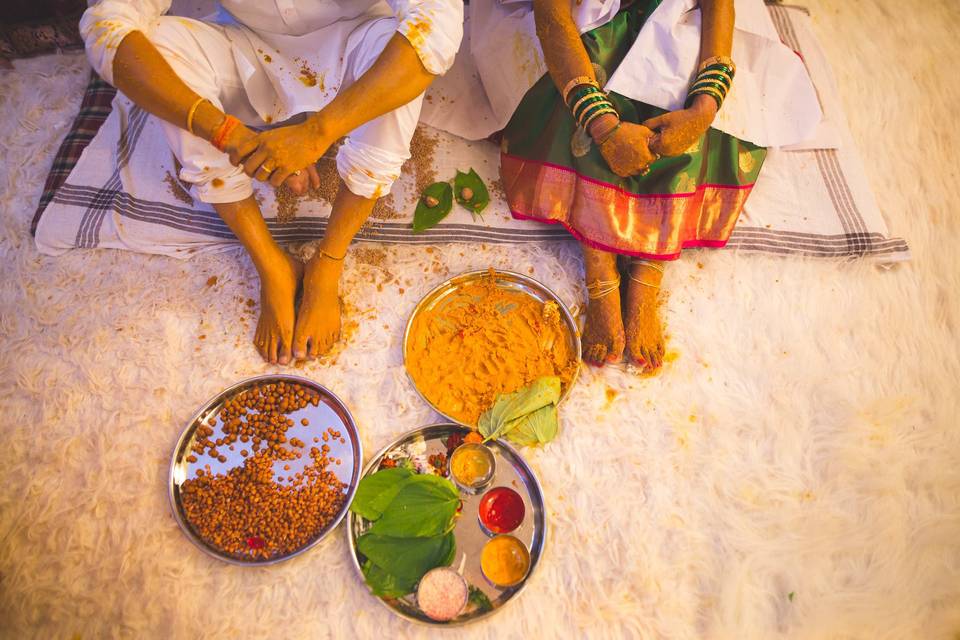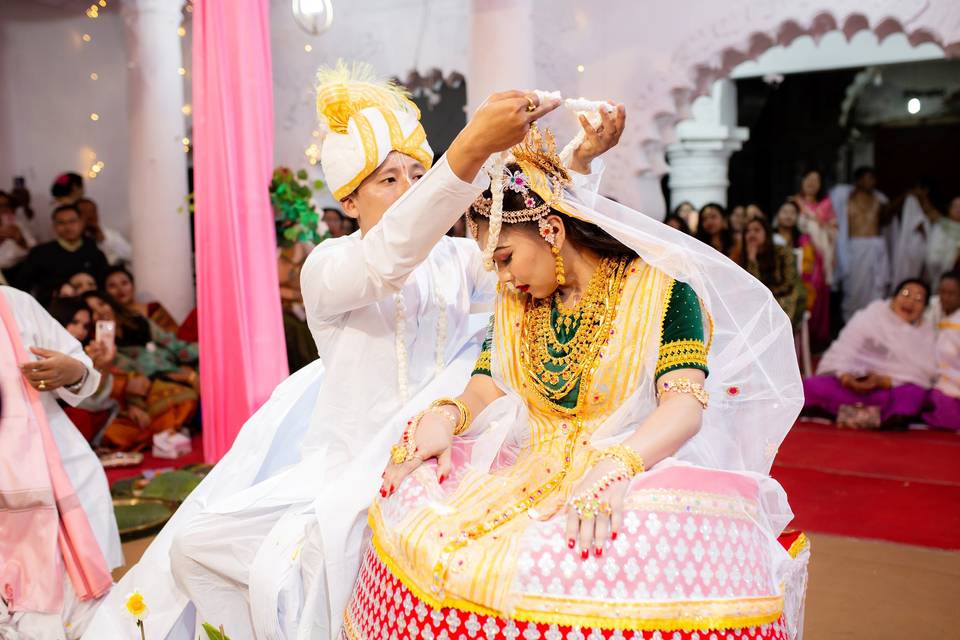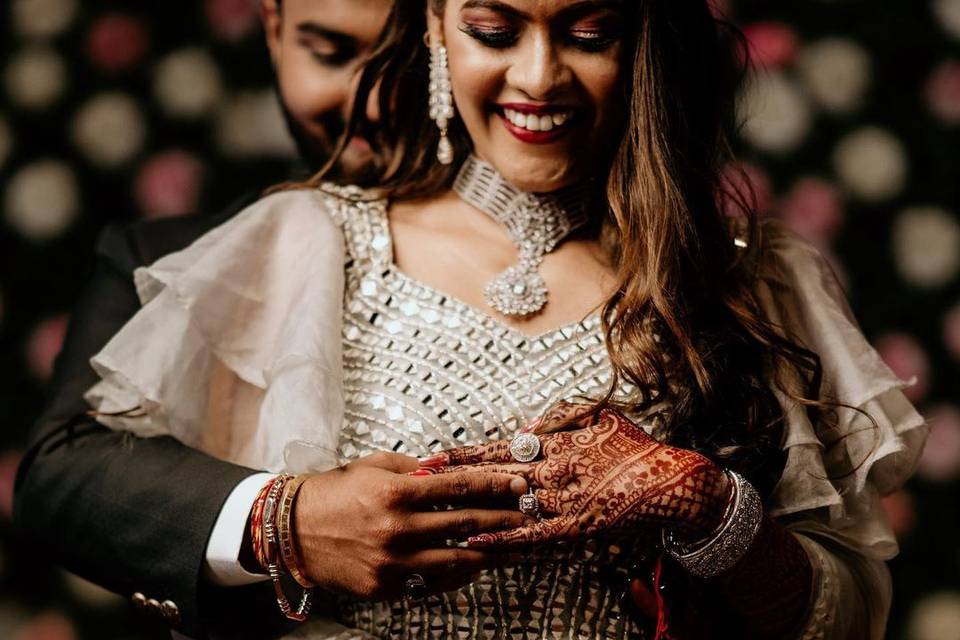North-eastern Wedding Celebrations From the 7 Sister States
The 7 Sister States of India are a beautiful kaleidoscope of rich cultural heritage. Read on to know more about how the North-eastern wedding ceremonies are a beaut.

The North-East part of India immediately gives you a picture of mellow sunlight leaking through the trees into the lush green slopes of the valley and clear blue skies. But breathtaking sceneries are not the only things that the North-East is known for. If you look deeper into these areas, the culture of the people is sure to blow your mind. The deep-rooted customs and traditions of the indigenous residents of these places make a mesmerising bouquet that will leave you in awe of the cultures.
Weddings are in fact one of the most joyous occasions and one of the most boasted celebrations in every culture. This is exactly why we want to help you take a brief walk through the ceremonies that make these weddings so unique and beautiful in the Seven Sister States of India - the beautiful North-eastern weddings.
Read on to know more.
Assamese Weddings
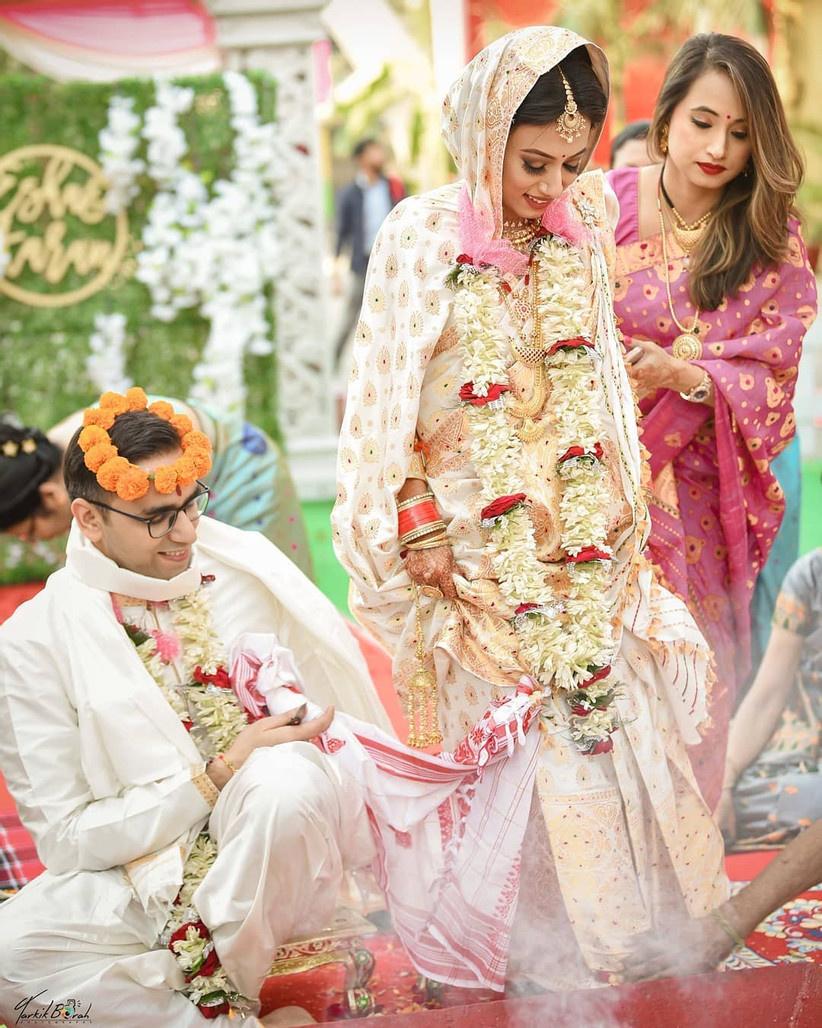
Like every wedding ceremony, the rituals of the Assamese weddings are deeply rooted in the beautiful culture. Celebrating the rich colours of an Assamese wedding, there are multiple ceremonies that take place before and after the wedding. Each pre and post-wedding ceremonies that surround an Assamese wedding celebration play a significant role in the wedding.
Right from the Assamese bridal Juran Diya ceremony that takes place before the wedding where the groom's mother gifts trousseau to the bride and blesses her for the wedding to the Ghor Gosoka ceremony after the wedding where the groom's mother welcomes the newlyweds inside the house, Assamese weddings are a mesmerising celebration to be a part of.
Also Read: Traditional Guide to an Assamese Wedding
Manipuri Weddings

The Potloi worn by the Manipuri brides is a world-famous traditional attire. A gem of a culture hailing from another beautiful North-eastern state of India, Manipuri wedding ceremonies are nothing but charming. Did you know that the Manipuri engagement ceremony before the wedding is called the Hejiapot? And not only that but this engagement ceremony, unlike the typical idea of engagements, is celebrated among the elders of the family where the bride and groom are not even present here.
The alluring headgear, the Likhom and the Merei are mesmerising pieces of the trousseau that makes a Manipuri dress an absolute beaut.
Also Read: Decoding Manipuri Wedding: the Colours & Beauty of North East
Nagamese Weddings
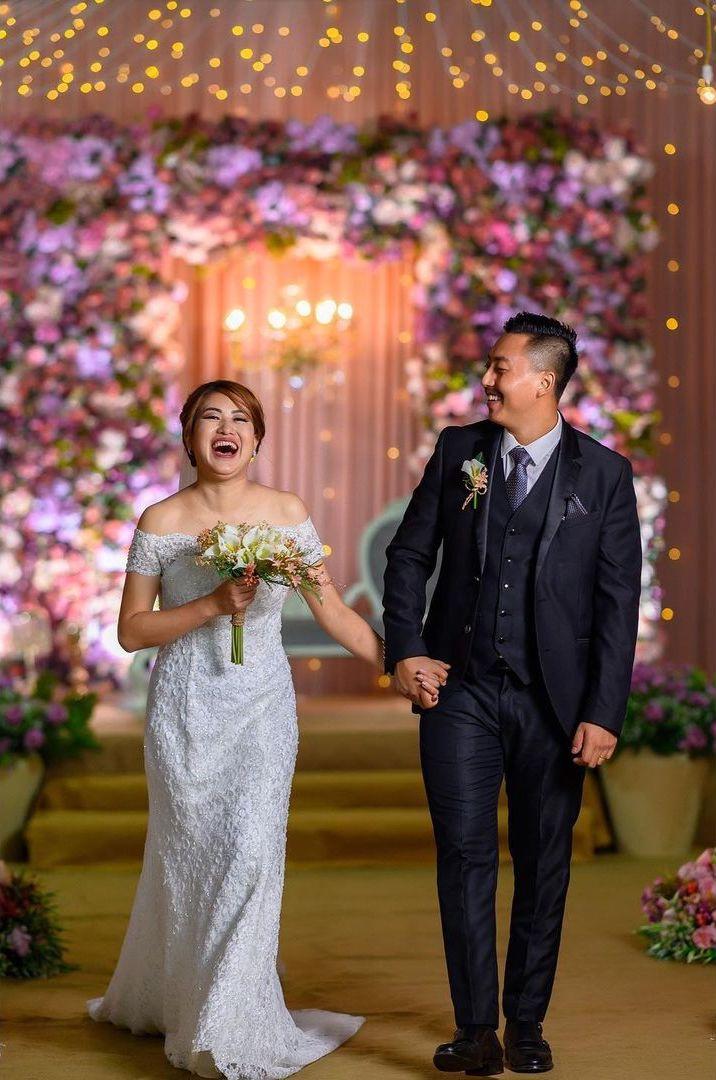
Image Courtesy: Lovito Muru Tuccu
There are about 16 major tribes in the state of Nagaland each with their significant rituals for the wedding. With the introduction of Christianity ages ago, there are mostly Christian weddings seen in the state now. However, the pre-wedding and post-wedding ceremonies are deeply rooted in the cultural beliefs and morals of the indigenous tribes.
These rituals are followed and maintained with utmost dedication and commitment. The exogamous principles of the tribes prohibit them from marrying within the same clan.
One instance of the indigenous customs is that, in the Ao tribe, the bride and the groom belong to distant villages and therefore a family from the boy’s village adopts the bride-to-be. This provides the girl with security - to be safe in a distant land, as well as a new family to love. The Ao bride-to-be is also given a new best friend/companion - Tembar, who will be her companion in good and bad times until death and also becomes her bridesmaid. These arrangements of a new family and a Tembar are done by the groom’s family way before the wedding.
Other major tribes like Angami, Sema, Lhota have similar rituals, but some very significant ones that belong to their particular tribe. Marital residence practices seem to differ among the various Naga tribes. Part of the Angami marriage ceremony involves the giving of land to the new couple by the bridegroom's parents. The new couple works and eats on this land.
Sikkimese Weddings
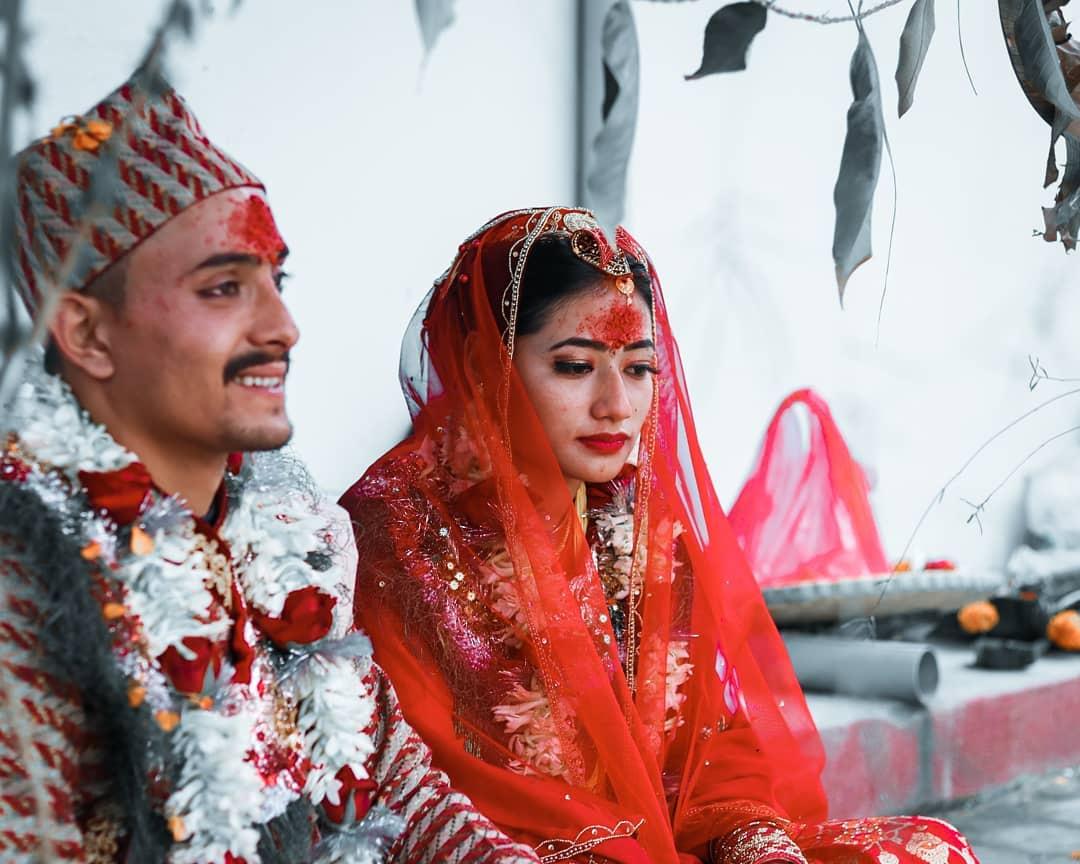
Image Courtesy: AM Production
The beautiful culture of Sikkim is sure to leave you breathless. One of the 7-sister states of India, Sikkim has a majority of Nepali population (62.61% of the total population) making Nepali weddings a huge part of their indigenous culture. Nepali weddings have customs that are similar to many Hindu wedding ceremonies. Like the Bengali wedding ceremony that marks the beginning of the wedding day with a Nandi-mukh puja, Nepali weddings also begin their wedding ceremony with Nandi Shraddha or Matrika Poojan, where the ancestors of the bride and groom’s family and honoured and worshipped.
From that to the Baryatra (Janti) that is similar to the Baraat at many weddings, you might find various similarities in the way a Nepali wedding ceremony happens. There is also a ritual where the groom asks the bride to look at the sun (in case of a day wedding) or the North Star (in case of a nighttime ceremony) which is very similar to the South Indian wedding ceremonies.
However, there are customs that are very significant of the Nepali culture - like the worship of 8 mountains (Sumeru, Shekhu, Udayachal, Marut, Vindyachal, Himalaya, Burait, and Sharad) during the wedding ceremony.
Tripura Weddings

Image Courtesy: Rag Artistry
With over 35,722 (Census 2011) people who speak the Bengali language in the state of Tripura, Bengali culture happens to be a majority here. The state has its indigenous people too like the Mogh, Tripuri, Halam and so on. But most weddings in Tripura follow the Bengali rites with certain differences that are deeply rooted in the culture of the Territory. The extensive layers of traditions in the way a wedding is celebrated in Tripura while maintaining its originality is what makes their weddings so mesmerising.
While the customs are deeply rooted in their age-old ways, the modernisation has always helped in maintaining the uniqueness. However, in indigenous marriages among the couples of Tripura, the system of Hamjwk Tubui Kaimani is followed. This basically gives no right to the couple to have a say in deciding who he/she are going to marry. The decision is made solely by the elders of the village. The brides decked in Rinai and Risa, donning beautiful jewellery carved in copper bronze, silver and other pure metals with the most common design being that of a coin (mostly) add to making the wedding an unforgettable one.
Arunachali Weddings

Image Courtesy: Kelly Bamang
Arunachal Pradesh is known for the breathtaking sceneries that whizz past your car windows as soon as you enter the state. The Nyishi, Adi, Galo, Apatani and Tagin tribes inhabit the land majorly. The wedding ceremonies in each of these tribes are similar yet very distinct. The traditions of an Arunachali wedding ceremony are said to be similar to those of Burmese weddings - modern dau Myanmar and Tibet. Each tribe has a separate set of rituals that they need to follow for a wedding.
However, one similar tradition that is seen throughout all weddings in the state is that of the Bride Price. No! It is not the dowry culture, but more of a system where the daughter is the economist. The groom’s family is supposed to gift the bride’s family with a Mithun (looks almost like a yak), fabric for pretty garments of the family members, utensils and so on. This is a sweet gesture of gratefulness and happiness that the groom and his family shower on the bride and her family.
The bride-to-be is often brought into the groom’s parental home and in the presence of the family and community members, a simple ceremony is celebrated with the sacrifice of a chicken and a small feast that follows in acceptance and rejoice. Traditional beads are given to the bride as a token of acceptance and the bride also wears a hen feather given by the groom’s family as her identity of a married woman. The bride's family will bring costly beads and metals plates for the boy's family. In the evening of their arrival to the bridegroom's house, this exchange of gifts (costly metal plates and money in cash) is done after some discussions and hot arguments to settle.
Meghalaya Weddings
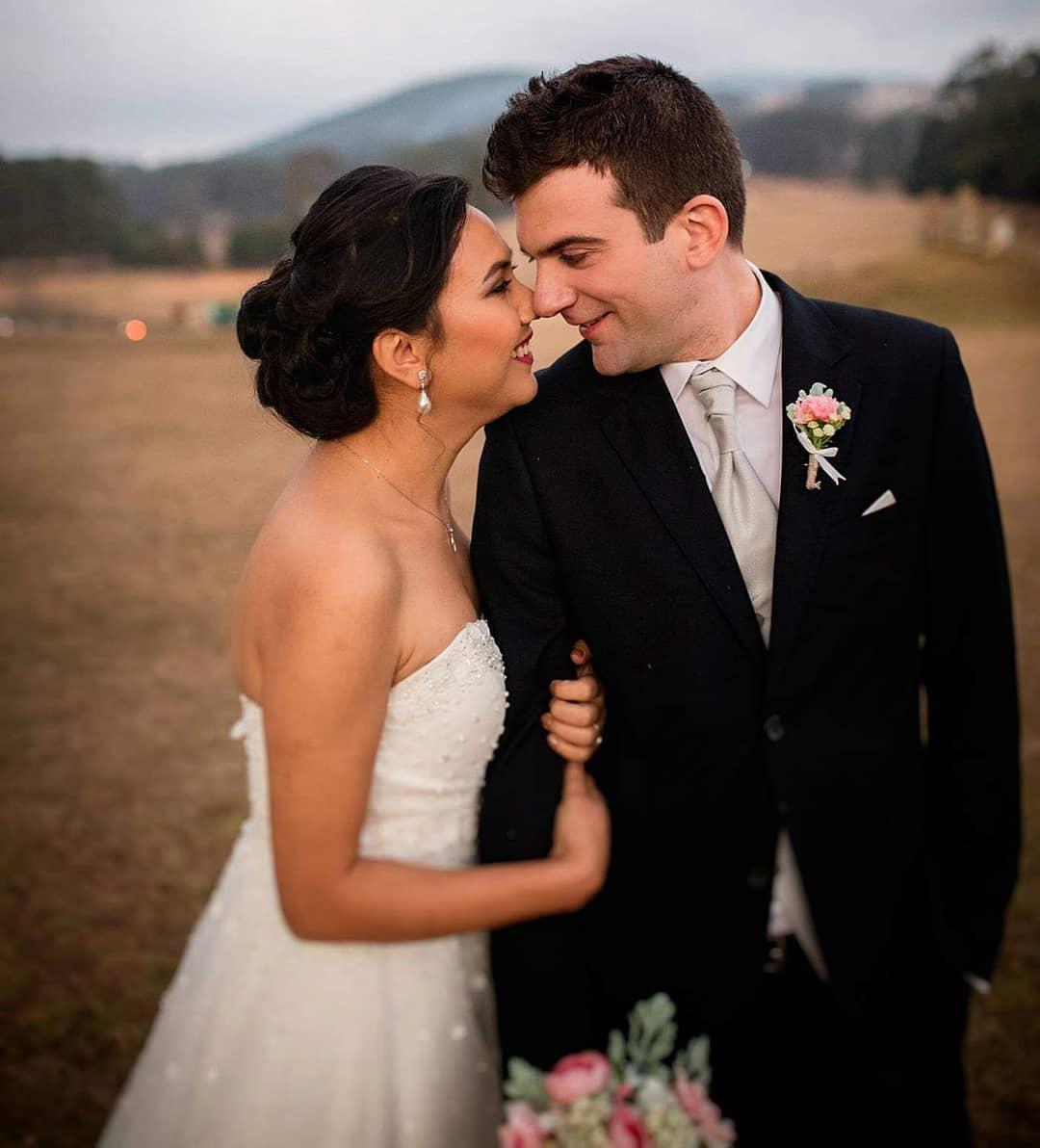
The tribes in Meghalaya, like the other sister states, have their own way of celebrating weddings and love. The traditional wedding ceremony in Meghalaya is unique in every sense of the word as it symbolises the matrilineal system in which the mother's surnames are inherited unlike the father's surname in most weddings. There are several tribes that call Meghalaya their home - Khasi and Garo being the ones with more majority. The Khasi tribes are in fact the largest and they largely follow the matriarchal system.
Some intriguing traditions that are seen in Meghalaya involve the practice of girls proposing to boys. The marriage is in fact only considered final/sealed when the groom moves in with the bride to the bride's household. Both the families agree to the alliance and celebrate the wedding in full swing at the bride's house or, in modern days, at some other venue too. The couple exchange rings or even betel nut bags as per the age-old traditions. There are also times when a formal ceremony is not in the books at all.
If you have any queries or interesting stories to share about a North-Eastern wedding, let un know in the comments below!





